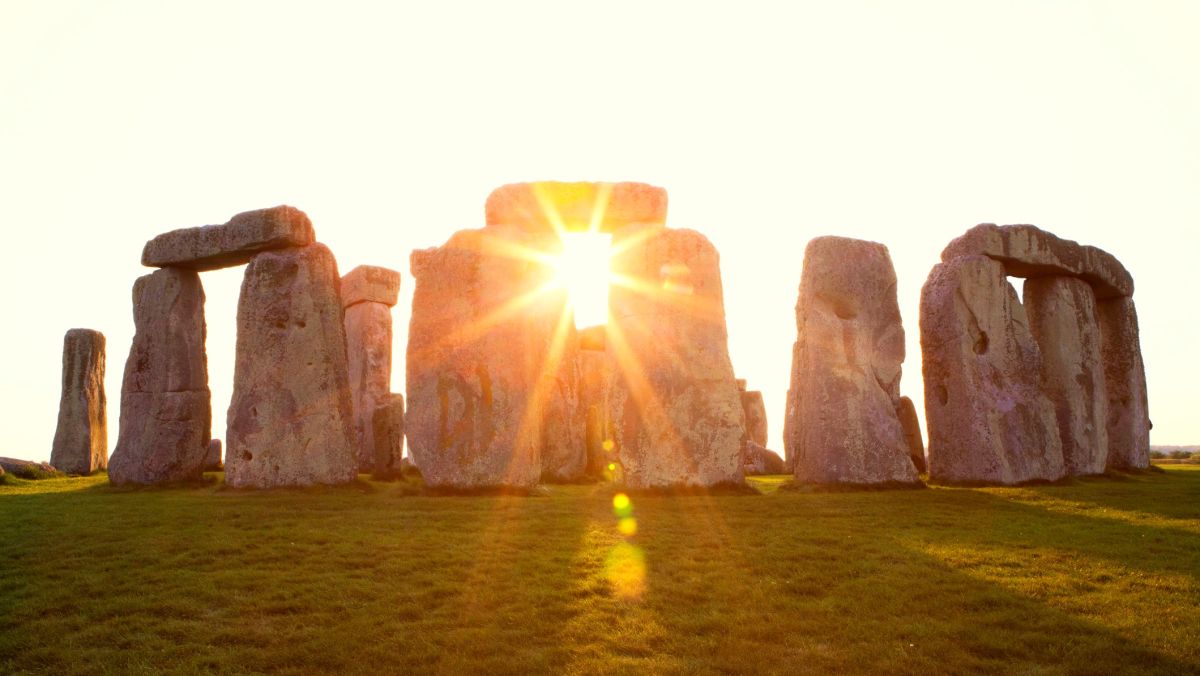
www.space.com
Summer solstice 2022 marks the longest day in the Northern Hemisphere
Summer in the Northern Hemisphere began today (June 21) as the summer solstice 2022 occurred at 5:14 a.m. EDT (0914 GMT), marking the longest day of the year.
Culture & Entertainment
Summer officially kicks off in the Northern Hemisphere today (June 21), marking the longest day of the year.
During the June solstice (or summer solstice), the sun reaches its highest and northernmost points in the sky. Delivering the maximum daylight hours of the year for the Northern Hemisphere and minimum daylight hours of the year in the Southern Hemisphere, according to Chris Vaughan, amateur astronomer with SkySafari Software who oversees Space.com's Night Sky calendar.
This year, the summer solstice officially occurred at 5:14 a.m. EDT (0914 GMT), when the sun reached a point directly overhead of the Tropic of Cancer (latitude 23.5 degrees north).
In addition to the longest day of the year and the start of summer, the June solstice also occurs at the moment the northern half of Earth is tilted toward the sun, resulting in the Northern Hemisphere receiving sunlight at the most direct angle of the year.
To determine how many hours of daylight you'll receive during the June solstice you can use The Farmer's Almanac Sunrise and Sunset Calculator (opens in new tab).
As always, there are two sides to every story. While the Northern Hemisphere welcomes longer days and warmer temperatures, the June solstice marks the beginning of winter in the Southern Hemisphere when the sun is at its lowest point in the sky.
Throughout June, stargazers will be treated to other skywatching events including a rare "planet parade" where all five naked-eye planets will be visible in the predawn sky as they line up in their orbital order from the sun. From left to right in the southeastern sky, you'll be able to spot Mercury, Venus, Mars, Jupiter and Saturn all in a row. (Mercury, which is usually hidden by the sun's glare, will become easier to spot as the month matures.)
The best opportunity to see this spectacle may come on June 24, as Mercury should rise about an hour before the sun, according to a press release (opens in new tab) from Sky&Telescope.
Throughout June, the moon will continue to journey past the morning planets. Calling in on Mars on June 22, Venus on June 26 then finally Mercury on June 27.
Hoping to capture a good photo of the moon as it approaches the morning planets? Our guide on how to photograph the moon has some helpful tips. If you're looking for a camera, here's our overview of the best cameras for astrophotography and best lenses for astrophotography. As always, our guides for the best telescopes and best binoculars can help you prepare for the next great skywatching event.
























































